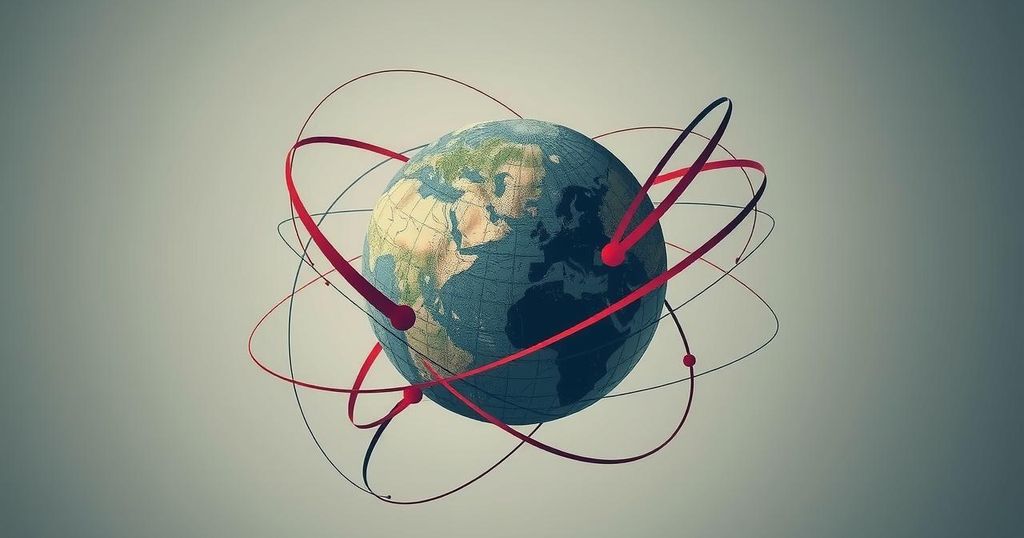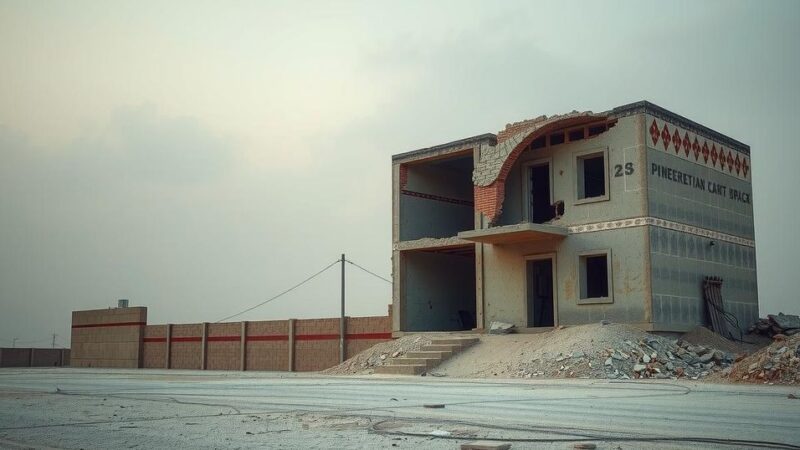President Trump has reinstated the maximum pressure campaign on Iran, aiming to apply sanctions and investigate financial networks. This follows the prior failure to secure a nuclear agreement and Iran’s escalating nuclear program, complicating the situation further amid recent conflicts involving Iran-backed groups. Trump’s approach seeks to maintain pressure while potentially opening avenues for negotiation under strict conditions.
On February 4, President Donald Trump announced the reinstatement of the maximum pressure campaign on Iran, signaling a return to policies from his first administration. In his memorandum, which he signed before meeting with Israeli Prime Minister Benjamin Netanyahu, Trump aims to apply renewed sanctions and increase enforcement against Iran and its proxy groups. These measures follow the failure of his initial campaign to forge a new nuclear agreement with Tehran, as Iran’s nuclear ambitions have continued to escalate.
The memorandum directs the Departments of Treasury and State to implement sanctions, while the Department of Justice will investigate financial networks associated with Iran. Moreover, the U.S. Permanent Representative to the United Nations has been tasked with reinstating international sanctions against Iran. The maximum pressure campaign initially began in 2018 when Trump withdrew from the Joint Comprehensive Plan of Action (JCPOA), emphasizing the need for a better deal to prevent Iran from developing nuclear weapons.
Despite European nations wishing to uphold the JCPOA, Iran gradually violated its commitments and ceased compliance in early 2021. The Biden administration has attempted to revive negotiations, but these efforts were hindered by recent attacks by Iranian-backed Hamas on Israel in October 2023. The strain between the nations coincided with Iran’s unprecedented acceleration of its nuclear program, raising concerns among analysts and government officials about Iran’s potential to develop nuclear weapons.
After signing the memorandum, Trump acknowledged the difficulty of the situation, expressing his hope for a diplomatic resolution. He reiterated the long-standing U.S. stance that Iran must not be allowed to acquire nuclear weapons. Despite criticisms of his prior maximum pressure strategy, it has found support among certain Republican members and anti-Tehran advocates, who view these renewed efforts as a means of establishing a platform for diplomatic negotiations while exerting pressure on Iran.
The maximum pressure campaign represents a strategic approach initiated by President Trump during his first term, primarily aiming to curb Iran’s nuclear program through sanctions and diplomatic isolation. The campaign emerged from frustrations over the JCPOA, a deal seen as inadequate by Trump, who called it “defective at its core.” This renewed emphasis on sanctions underscores the ongoing complexities in U.S.-Iran relations amidst regional instability and nuclear proliferation concerns.
In summary, President Trump’s reinstatement of the maximum pressure campaign signifies a commitment to counter Iran’s nuclear ambitions. Despite the historical challenges faced by his initial strategy, the approach seeks to reestablish sanctions and promote diplomatic negotiations. As tensions evolve, the implications for both U.S. foreign policy and Middle Eastern stability remain significant.
Original Source: www.upi.com






